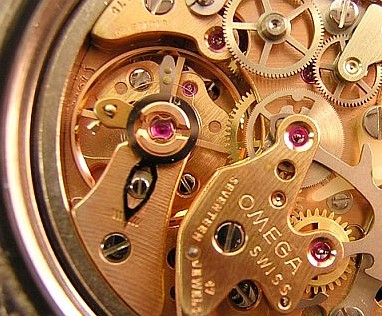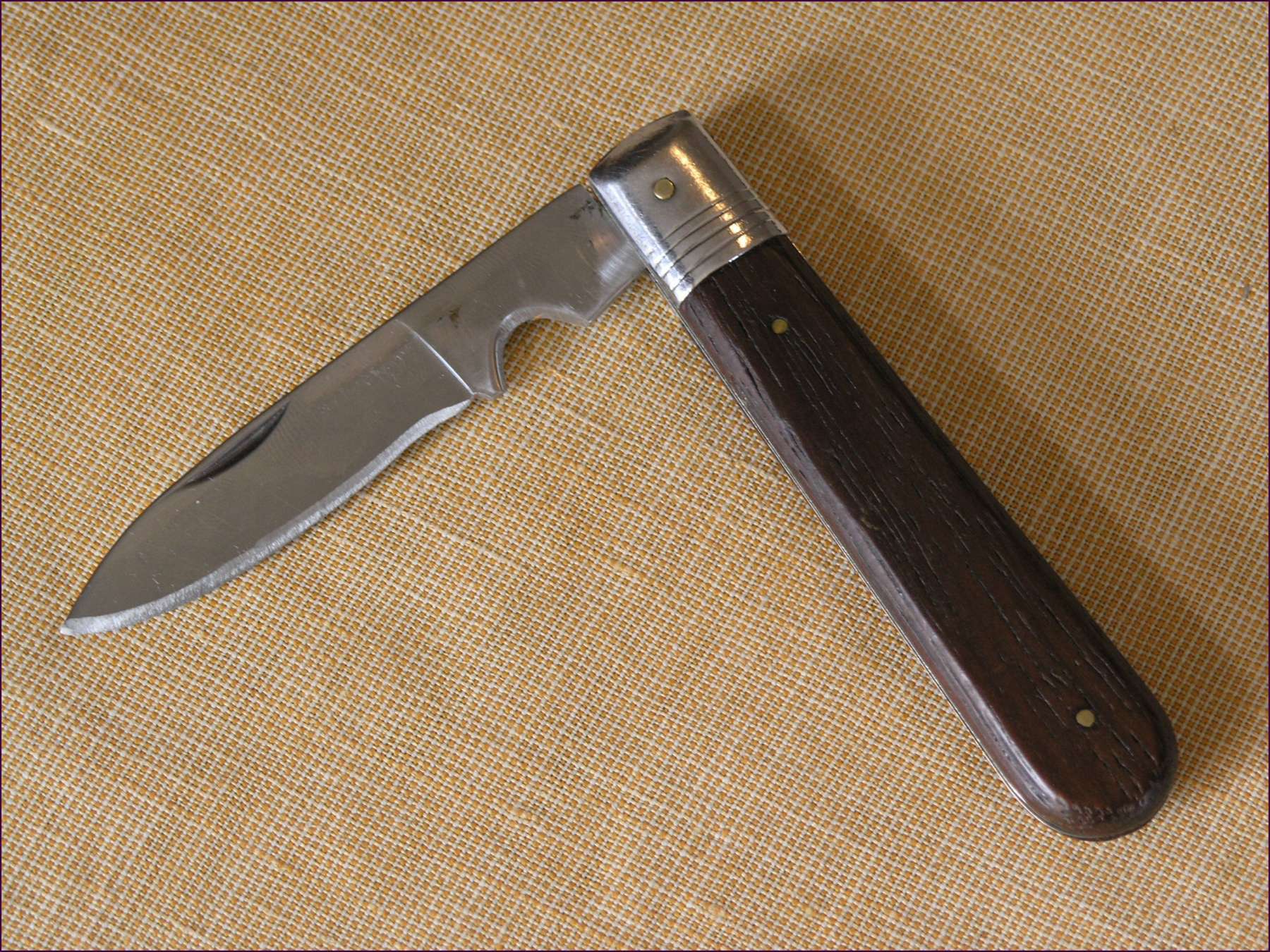|
Robert-François Damiens
Robert-François Damiens (; surname also recorded as ''Damier''; 9 January 1715 – 28 March 1757) was a French domestic servant whose attempted assassination of King Louis XV in 1757 culminated in his public execution. He was the last person to be executed in France by dismemberment, the traditional form of death penalty reserved for regicides. Early life Damiens was born on 9 January 1715 in La Thieuloye, a village near Arras in northern France. He enlisted in the army at an early age. After his discharge, he became a domestic servant at the college of the Jesuits in Paris. He was dismissed from this, as well as from other employments, for misconduct, earning him the moniker ("Robert the Devil"). Damiens's motivation has always been debated, with some historians considering him to have been mentally unstable. From his answers under interrogation, Damiens seems to have been put into a state of agitation by the uproar that followed the refusal of the French Catholic clerg ... [...More Info...] [...Related Items...] OR: [Wikipedia] [Google] [Baidu] |
La Thieuloye
La Thieuloye () is a commune in the Pas-de-Calais department in the Hauts-de-France region of France. Geography Le Thieuloye is situated northwest of Arras, near the junction of the D77 and the N41 road. Population Places of interest * The church of Notre-Dame, dating from the nineteenth century. * Old houses and drinking-fountains. Notable people *Robert-François Damiens (1715–1757), who attained notoriety with his attempted assassination of Louis XV of France Louis XV (15 February 1710 – 10 May 1774), known as Louis the Beloved (french: le Bien-Aimé), was King of France from 1 September 1715 until his death in 1774. He succeeded his great-grandfather Louis XIV at the age of five. Until he reache ... and subsequent gruesome execution in 1757, was born in the village. See also * Communes of the Pas-de-Calais department References Thieuloye {{Arras-geo-stub ... [...More Info...] [...Related Items...] OR: [Wikipedia] [Google] [Baidu] |
Catholic
The Catholic Church, also known as the Roman Catholic Church, is the largest Christian church, with 1.3 billion baptized Catholics worldwide . It is among the world's oldest and largest international institutions, and has played a prominent role in the history and development of Western civilization.O'Collins, p. v (preface). The church consists of 24 ''sui iuris'' churches, including the Latin Church and 23 Eastern Catholic Churches, which comprise almost 3,500 dioceses and eparchies located around the world. The pope, who is the bishop of Rome, is the chief pastor of the church. The bishopric of Rome, known as the Holy See, is the central governing authority of the church. The administrative body of the Holy See, the Roman Curia, has its principal offices in Vatican City, a small enclave of the Italian city of Rome, of which the pope is head of state. The core beliefs of Catholicism are found in the Nicene Creed. The Catholic Church teaches that it is th ... [...More Info...] [...Related Items...] OR: [Wikipedia] [Google] [Baidu] |
Histoire Des Jésuites II P304 Exécution De Damiens Par T Fragonard
Histoire (French for 'story' or 'history') may refer to: * Histoire TV, a French television channel * Historia (TV channel), or Canal Histoire, a Canadian television channel * ''L'Histoire'', a French magazine * , a 1967 novel by Claude Simon See also * , a Japanese manga comic book by Hitoshi Iwaaki * History (other) * Historia (other) Historia may refer to: * Historia, the local version of the History channel in Spain and Portugal * Historia (TV channel), a Canadian French language specialty channel * Historia (newspaper), a French monthly newspaper devoted to History topics * ... * Histories (other) {{Disambiguation ... [...More Info...] [...Related Items...] OR: [Wikipedia] [Google] [Baidu] |
Place De Grève
Place may refer to: Geography * Place (United States Census Bureau), defined as any concentration of population ** Census-designated place, a populated area lacking its own municipal government * "Place", a type of street or road name ** Often implies a dead end (street) or cul-de-sac * Place, based on the Cornish word "plas" meaning mansion * Place, a populated place, an area of human settlement ** Incorporated place (see municipal corporation), a populated area with its own municipal government * Location (geography), an area with definite or indefinite boundaries or a portion of space which has a name in an area Placenames * Placé, a commune in Pays de la Loire, Paris, France * Plače, a small settlement in Slovenia * Place (Mysia), a town of ancient Mysia, Anatolia, now in Turkey * Place, New Hampshire, a location in the United States * Place House, a 16th-century mansion largely remodelled in the 19th century, in Fowey, Cornwall * Place House, a 19th-century mansion on ... [...More Info...] [...Related Items...] OR: [Wikipedia] [Google] [Baidu] |
Parlement
A ''parlement'' (), under the French Ancien Régime, was a provincial appellate court of the Kingdom of France. In 1789, France had 13 parlements, the oldest and most important of which was the Parlement of Paris. While both the modern French term ''parlement'' (for the legislature) and the English word ''parliament'' derive from this French term, the Ancien Régime parlements were not legislative bodies and the modern and ancient terminology are not interchangeable. History Parlements were judicial organizations consisting of a dozen or more appellate judges, or about 1,100 judges nationwide. They were the courts of final appeal of the judicial system, and typically wielded power over a wide range of subjects, particularly taxation. Laws and edicts issued by the Crown were not official in their respective jurisdictions until the parlements gave their assent by publishing them. The members of the parlements were aristocrats, called nobles of the robe, who had bought or inh ... [...More Info...] [...Related Items...] OR: [Wikipedia] [Google] [Baidu] |
Torture
Torture is the deliberate infliction of severe pain or suffering on a person for reasons such as punishment, extracting a confession, interrogation for information, or intimidating third parties. Some definitions are restricted to acts carried out by the state, but others include non-state organizations. Torture has been carried out since ancient times. In the eighteenth and nineteenth centuries, Western countries abolished the official use of torture in the judicial system, but torture continued to be used throughout the world. A variety of methods of torture are used, often in combination; the most common form of physical torture is beatings. Since the twentieth century, many torturers have preferred non-scarring or psychological methods to provide deniability. Torturers are enabled by organizations that facilitate and encourage their behavior. Most victims of torture are poor and marginalized people suspected of crimes, although torture against political prisoners or ... [...More Info...] [...Related Items...] OR: [Wikipedia] [Google] [Baidu] |
Confessor
Confessor is a title used within Christianity in several ways. Confessor of the Faith Its oldest use is to indicate a saint who has suffered persecution and torture for the faith but not to the point of death.Beccari, Camillo. "Confessor." The Catholic Encyclopedia Vol. 4. New York: Robert Appleton Company, 1908. 8 June 2018 The term is still used that way in the . In the , it is used for any saint, as well as those who have been declared b ... [...More Info...] [...Related Items...] OR: [Wikipedia] [Google] [Baidu] |
Ligne
The ''ligne'' ( ), or line or Paris line, is a historic unit of length used in France and elsewhere prior to the adoption of the metric system in the late 18th century, and used in various sciences after that time. The ''loi du 19 frimaire an VIII'' (Law of 10 December 1799) states that one metre is equal to exactly 443.296 French lines. It is vestigially retained today by French and Swiss watchmakers to measure the size of watch casings, in button making and in ribbon manufacture. Current use Watchmaking There are 12 ''lignes'' to one French inch (''pouce''). The standardized conversion for a ligne is 2.2558291 mm (1 mm = 0.443296 ''ligne''), and it is abbreviated with the letter L or represented by the triple prime, . One ligne is the equivalent of 0.0888 international inch. This is comparable in size to the British measurement called "line" (one-twelfth of an English inch), used prior to 1824. (The French inch at that time was slightly larger than ... [...More Info...] [...Related Items...] OR: [Wikipedia] [Google] [Baidu] |
Penknife
Penknife, or pen knife, is a British English term for a small folding knife. Today the word ''penknife'' is the common British English term for both a pocketknife, which can have single or multiple blades, and for multi-tools, with additional tools incorporated into the design. Originally, penknives were used for thinning and pointing quills (cf. ''penna'', Latin for ''feather'') to prepare them for use as dip pens and, later, for repairing or re-pointing the nib. A penknife might also be used to sharpen a pencil, prior to the invention of the pencil sharpener. In the mid-1800s, penknives were necessary to slice the uncut edges of newspapers and books. A penknife did not necessarily have a folding blade, but might resemble a scalpel or chisel by having a short, fixed blade at the end of a long handle. One popular (but incorrect) folk etymology makes an association between the size of a penknife and that of a small ballpoint pen. During the 20th century there has been a prolifer ... [...More Info...] [...Related Items...] OR: [Wikipedia] [Google] [Baidu] |
Palace Of Versailles
The Palace of Versailles ( ; french: Château de Versailles ) is a former royal residence built by King Louis XIV located in Versailles, Yvelines, Versailles, about west of Paris, France. The palace is owned by the French Republic and since 1995 has been managed, under the direction of the Ministry of Culture (France), French Ministry of Culture, by the Public Establishment of the Palace, Museum and National Estate of Versailles. Some 15,000,000 people visit the palace, park, or gardens of Versailles every year, making it one of the most popular tourist attractions in the world. Louis XIII built a simple hunting lodge on the site of the Palace of Versailles in 1623 and replaced it with a small château in 1631–34. Louis XIV expanded the château into a palace in several phases from 1661 to 1715. It was a favorite residence for both kings, and in 1682, Louis XIV moved the seat of his court and government to Versailles, making the palace the ''de facto'' capital of France. This ... [...More Info...] [...Related Items...] OR: [Wikipedia] [Google] [Baidu] |
Robert Francois Damiens Before The Judges
The name Robert is an ancient Germanic given name, from Proto-Germanic "fame" and "bright" (''Hrōþiberhtaz''). Compare Old Dutch ''Robrecht'' and Old High German ''Hrodebert'' (a compound of '' Hruod'' ( non, Hróðr) "fame, glory, honour, praise, renown" and ''berht'' "bright, light, shining"). It is the second most frequently used given name of ancient Germanic origin. It is also in use as a surname. Another commonly used form of the name is Rupert. After becoming widely used in Continental Europe it entered England in its Old French form ''Robert'', where an Old English cognate form (''Hrēodbēorht'', ''Hrodberht'', ''Hrēodbēorð'', ''Hrœdbœrð'', ''Hrœdberð'', ''Hrōðberχtŕ'') had existed before the Norman Conquest. The feminine version is Roberta. The Italian, Portuguese, and Spanish form is Roberto. Robert is also a common name in many Germanic languages, including English, German, Dutch, Norwegian, Swedish, Scots, Danish, and Icelandic. It can be use ... [...More Info...] [...Related Items...] OR: [Wikipedia] [Google] [Baidu] |

.jpg)




